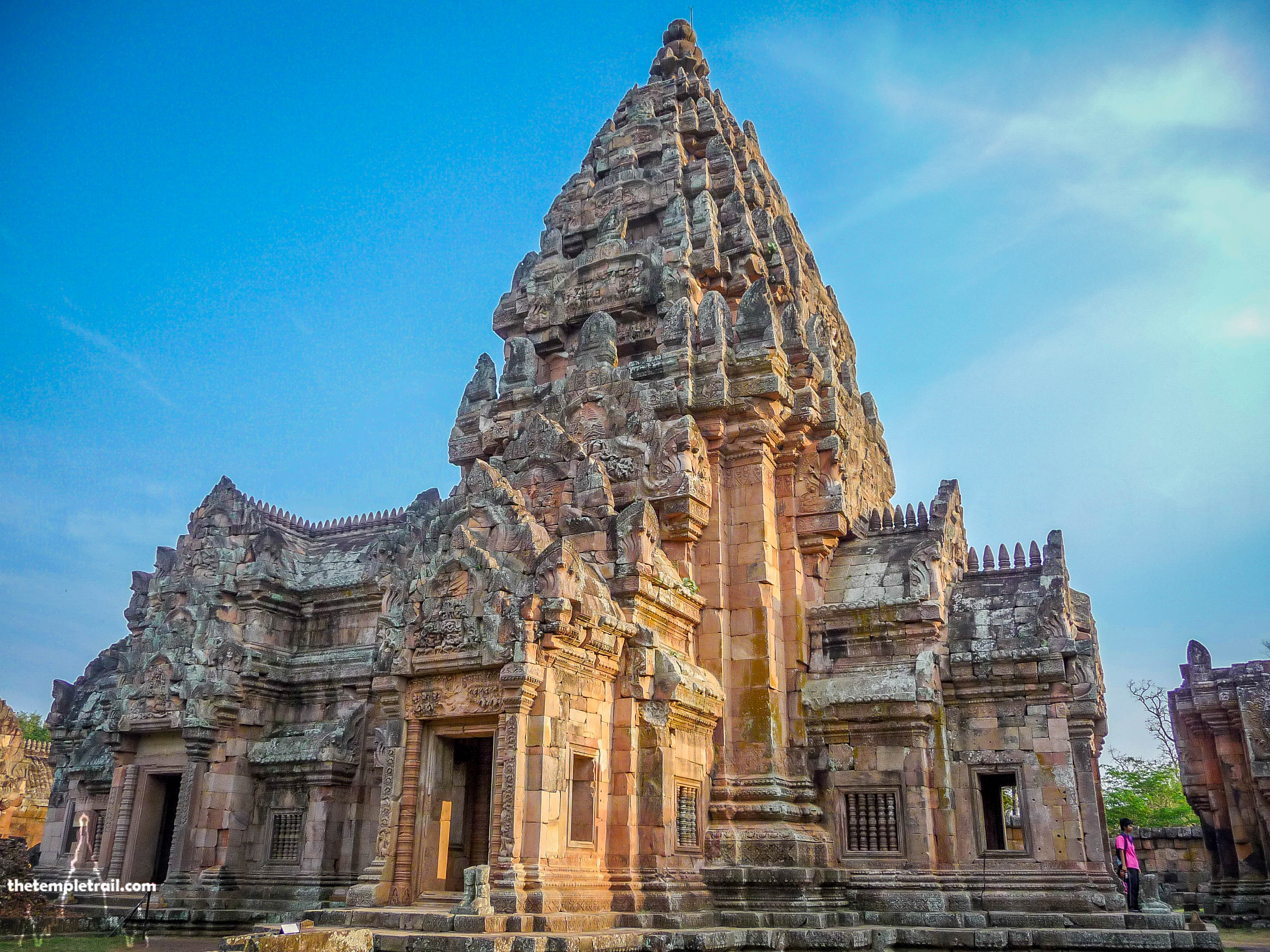From the valley that marks the centre of La Paz, you begin to climb upwards. The minivan rocks and shakes with each further push upward. The brakes are pushed to the limit as the steep inclines up and down through the streets of the capital challenge the skill and nerve of your veteran driver. Soon, you break free of the downtown traffic and your climb continues upward, only upward. In the space of 20 minutes you have climbed 1000 metres to over 4000 metres above sea level. The view down on the sprawling city of La Paz is incredible. The city covers the mountain side on both sides of the valley. Within no time, you have transitioned to countryside. The traffic becomes sparse and the journey plateaus into a gentle up and down of no more than a few metres. After an hour or so of the soothing lilt of the land, you pass a jumbled pile of ruins. From here you have entered the sacred precinct. This bowl of dust was once one of the greatest ancient cities of the Andes. Ancient before the conquistadors arrived, it has been plundered by people for hundreds of years. The once glorious city is Tiwanaku and all that remains is a sacred site that still has the power to awe.
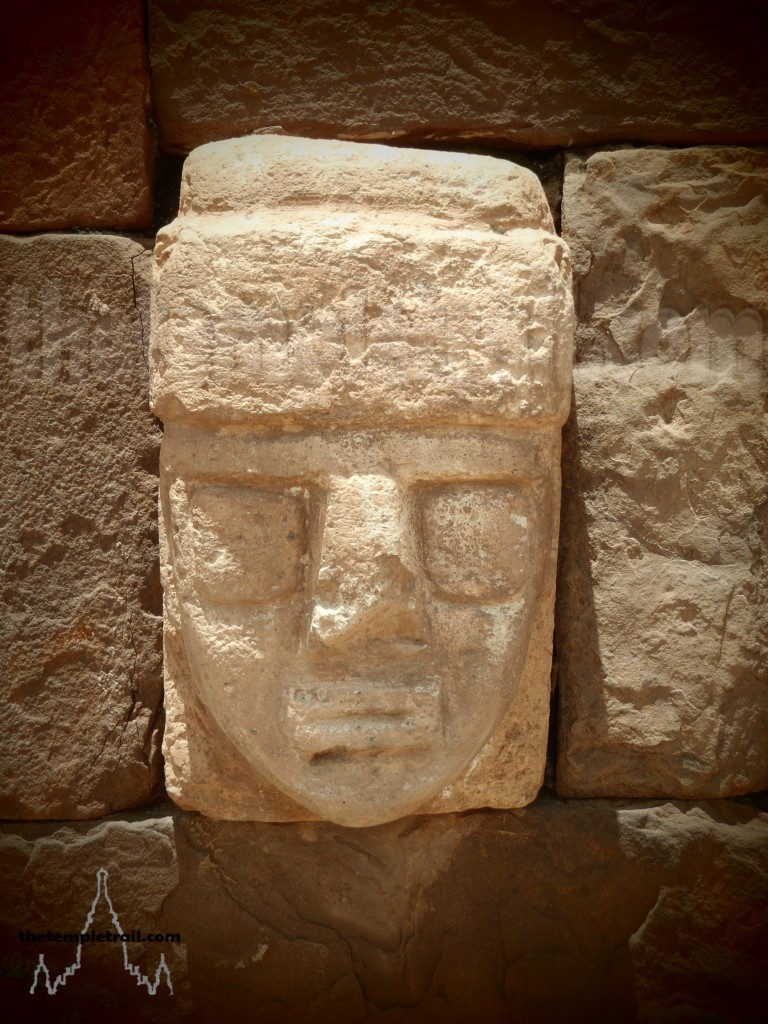
The Tiwanaku people are some of the least well known of South America. Their civilization collapsed before there were written records of the region, so most of what is known about them is based on hearsay and conjecture. They once ruled a small, but influential empire that paved the way for other groups such as the Inca. The religion of the Tiwanaku people was the basis of most pre-Colombian religions and the figure of Viracocha was revered, as were the sun and the moon. The area is thought to have been inhabited since 1500 BC and their civilization reached its peak between 600 and 900 AD. By 1000 AD the city had been abandoned. It was devastated by climate change and the drying up of the area caused by a serious drought. What you encounter in the place where a huge city once stood is a heavily reconstructed temple site, a dilapidated pyramid and a pile of stones waiting to one day be put together into one of the grandest structures built in South America.

After taking in the sparse museum (and its star attraction – a 7.3 metre high figure called the Bennett stela), crossing the railway tracks and passing through the stalls selling the usual array of Bolivian souvenirs, you come to what at first glance appears to be a hill. This hill comes into focus and you suddenly see the unnatural earthworks that have been recently reconstructed on one side. This massive mound was once an adobe pyramid called the Akapana. It is a little hard to make out today, but you can see from the reconstruction work that it was a huge odd shaped pyramid that had a sacred function related to water. Water was essential to the Tiwanaku people and the pyramid once had a water channel from the top of it that fed a moat surrounding the base. There was clearly a reverence for the water that supplied the farms of the area. Recently, research has shown that the Tiwanaku people used the water to both hydrate and insulate the crop terraces from the extreme conditions, allowing them to produce large crops in the unforgiving environment.
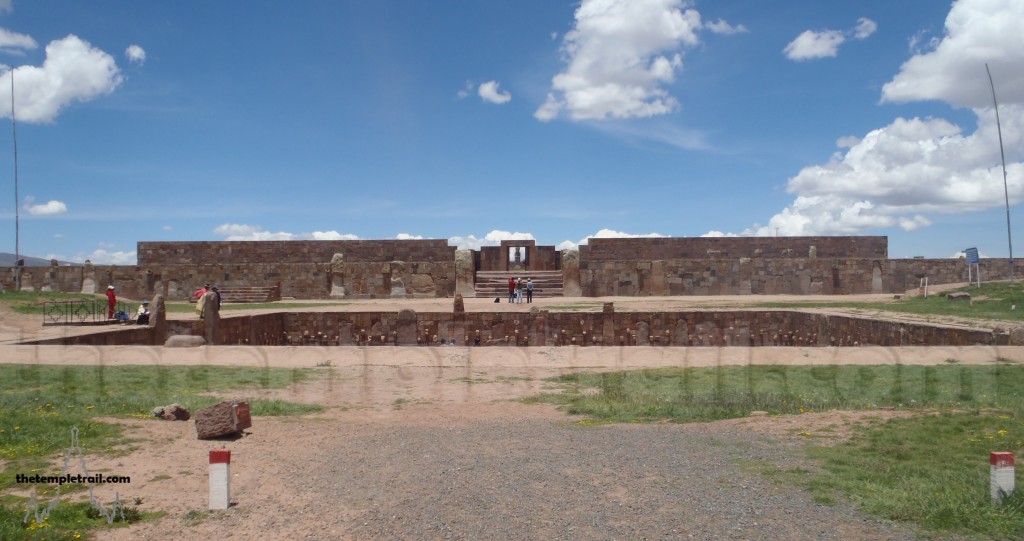
Heading down the opposite side of the pyramid, you come to a small batch of ruins and continue around to the perimeter of the Akapana. What lies in front of you is the star attraction of Tiwanaku. As you near the entrance stairs of Kalasasaya (the standing pillars), a large ceremonial platform with a sunken courtyard, you come to the Semi-subterranean Temple. The steps down into the Semi-subterranean Temple bring you down into a square pit. In its centre are three menhir-like monoliths that were clearly the object of worship. As you circumnavigate the temple, you go past the numerous tenons in the shape of heads that stud the walls. The faces all look to the monoliths in the centre, as if they too are in adoration of them, much like the pilgrims to the site would have. Archaeological evidence from Aymara mummies shows that the pilgrims would have ingested hallucinogenic plants in order to heighten their religious experience at Tiwanaku.
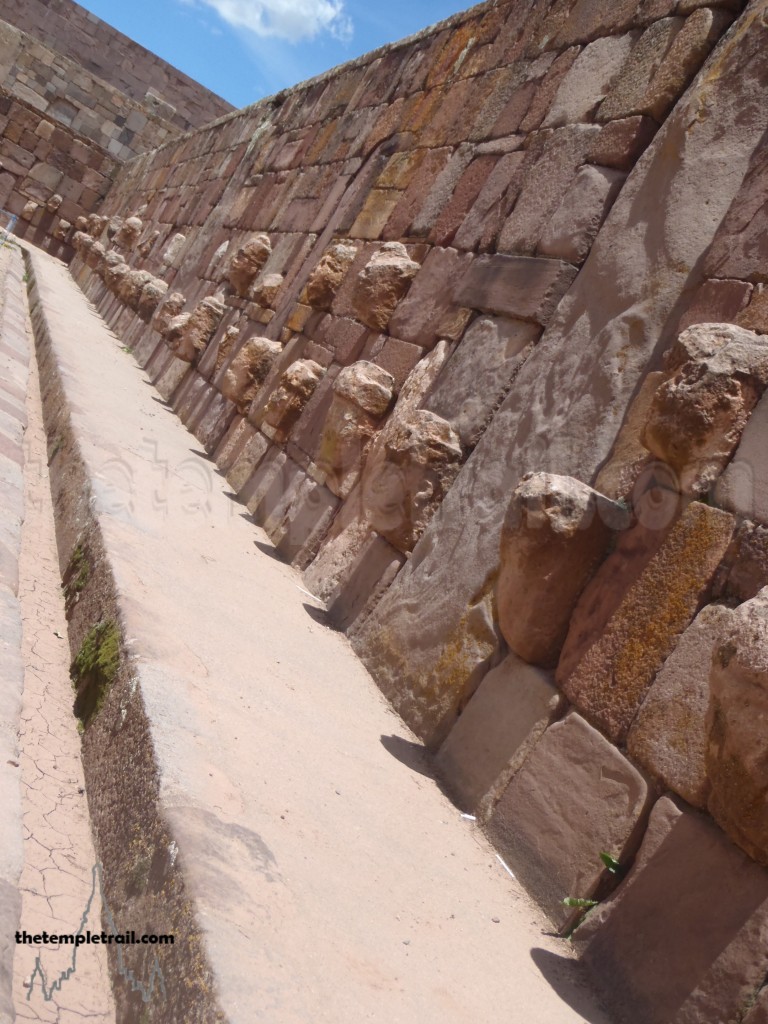
Re-emerging from the ground, you walk past the main entrance to Kalasasaya, as the staircase is out of bounds. Pausing briefly to take in the Ponce stela that looks through the doorway at you, you continue anti-clockwise around the structure to the accessible entrance. Scaling the steps, you pass some local Aymara people; maybe descendants of the Tiwanaku people. They sit eating lunch with a baby alpaca on their knee, oblivious to the tourism status of the monuments. The top of the staircase brings you out directly in front of the Gateway of the Sun; the most iconic part of Tiwanaku.
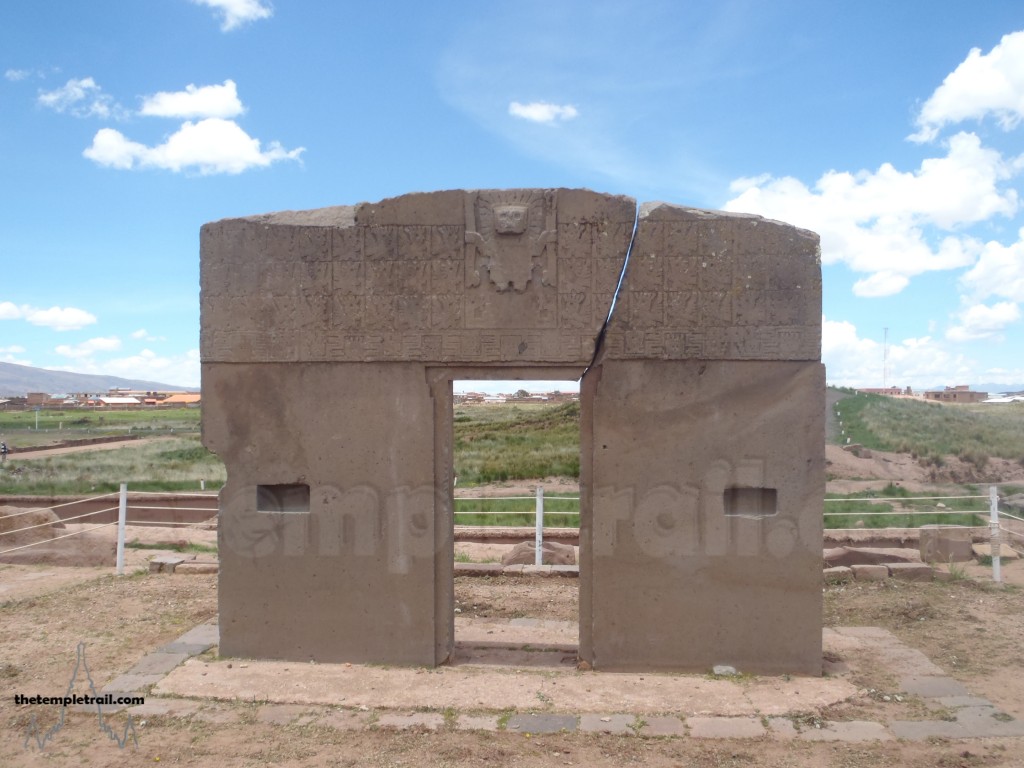
The gateway is not in its original position (though it stands where it was found) and when you come to it, it seems a little underwhelming. Then you start to really look at the lintel and appreciate the craftsmanship that went into the carving of it. The lintel sports a central carving of (most likely) Viracocha, the main god of the Andean religions. He was the god who created the universe, taught man how to do things and also caused the great flood. He wears the sun as a crown and his tears are the rain. The diminutive, yet intriguing, enigmatic figure holds serpents that represent thunderbolts. Surrounding him are winged figures. 32 human headed and 16 condor-headed effigies cast their gaze toward the central figure. The gate is a masterpiece and shows the highly developed level of craftsmanship evident at Tiwanaku in its heyday.
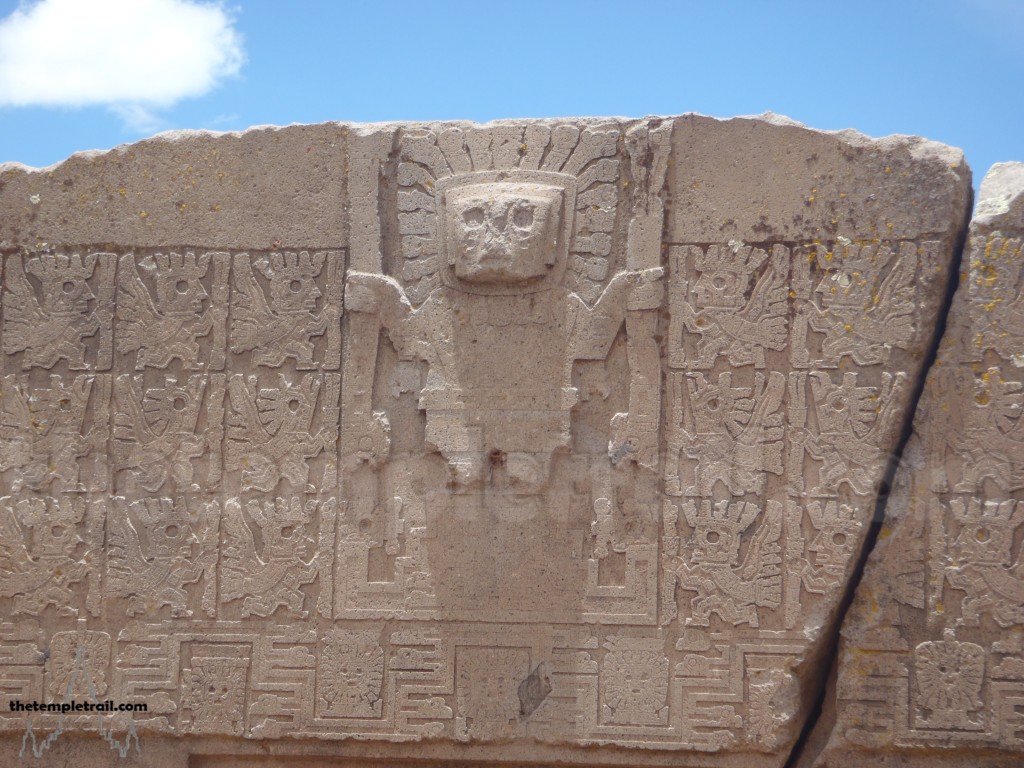
After spending a few minutes at the gateway, you walk around the sunken inner courtyard of Kalasasaya and come to look at the Ponce stela (or monolith) that you saw from the front of the temple. The stela is a highly decorated male figure that stands sentry at the front doorway. His vigil is unfaltering and his focused intricately patterned face greets all visitors to Tiwanaku. This is a relatively new position for him however, as he was found in the centre of the Semi-subterranean Temple along with the Bennett stela. He, along with another similar statue in the courtyard called ‘the Friar’ and the Bennett stela are reminiscent of the Atlantes of Tula, and one cannot help but feel as if there was a connection between them.
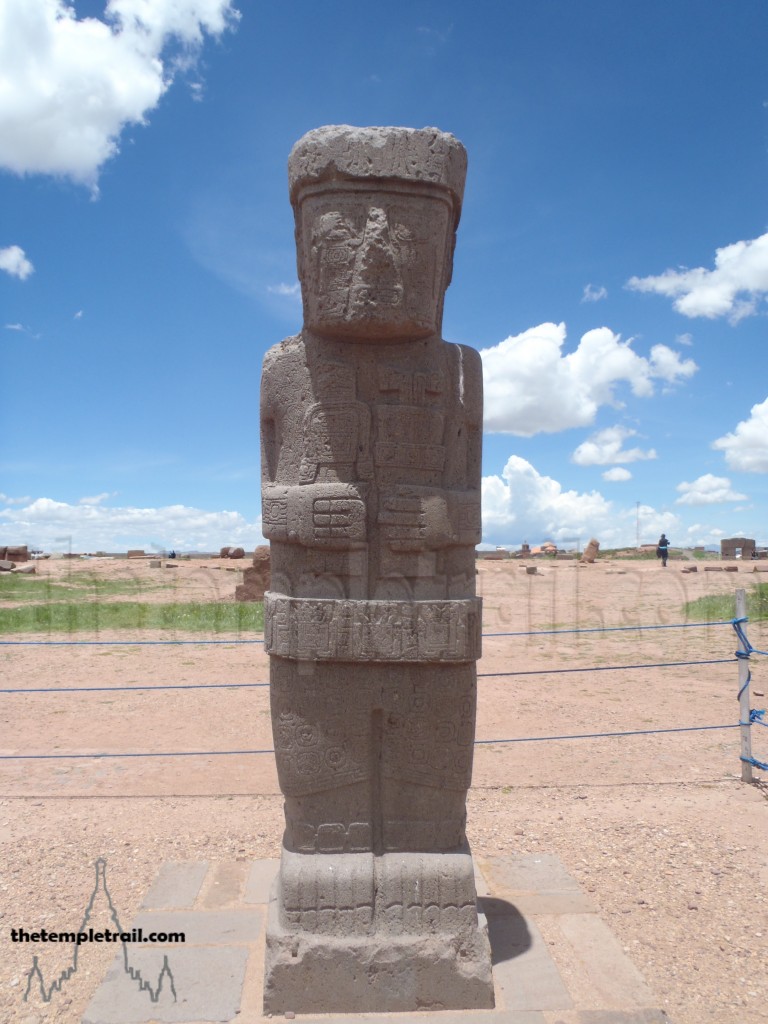
You descend the back of Kalasasaya and into Putuni, a heavily reconstructed stone and adobe walled structure. From here you ascend the small hill to the north and up to the very simple gateway of the moon. From here, you can see the site as a whole, including the somewhat overgrown ruins of Kerikala, another mysterious structure. You walk back down and crossing the railway tracks, that have been appropriated by local women as their picnic spot, are reunited with your minibus. You drive a kilometre back up the road you came down and disembark at Puma Punku, one of the biggest jigsaw puzzles you will ever see.
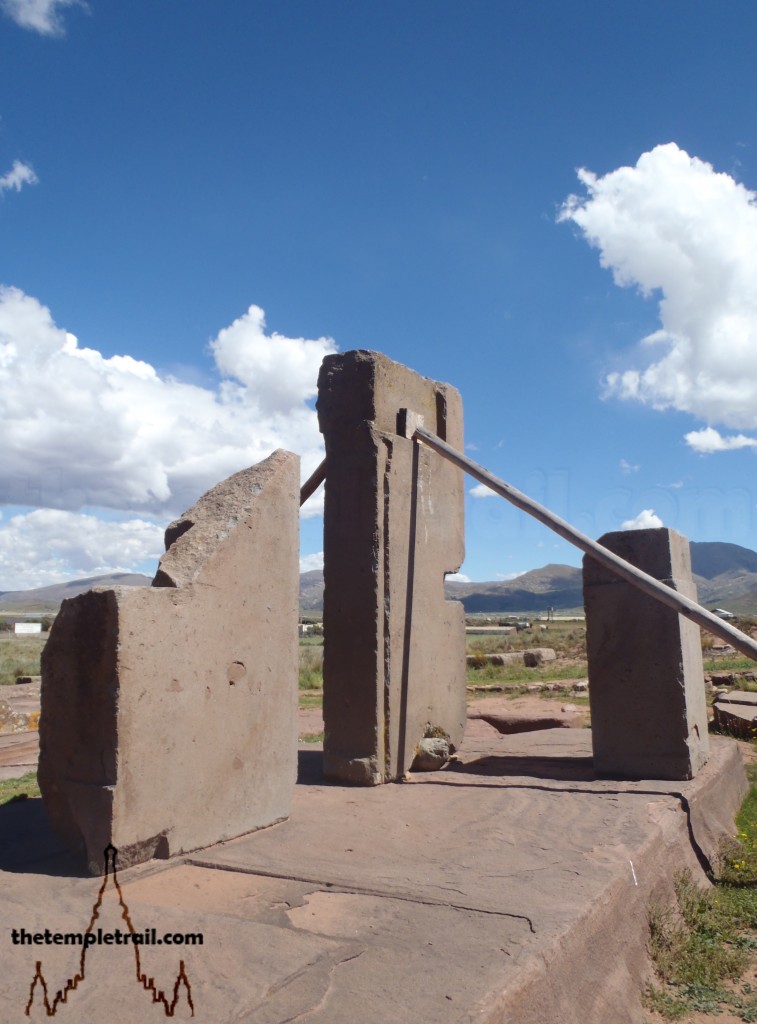
In its prime, Puma Punku (The Door of the Puma) was glorious. It would have been highly decorative and the powerful sunlight would have reflected off the metal adornments. The Inca believed that the world was created on the very spot it stands. The now ruined esplanade was a hugely significant pilgrimage site, along with the rest of Tiwanaku. You can imagine the scene that would have been so common 1500 years ago: brightly dressed pilgrims wandering the sacred site and all over the Plataforma Litica (stone platform) of Puma Punku, all experiencing spiritual revelations aided by hallucinogenic plants. Puma Punku may be just a set of ruins today, but the massive stones (one weighs 131 metric tons) are an indicator of what once stood here. The intricately carved masonry belies the engineering knowledge of the Tiwanaku people.
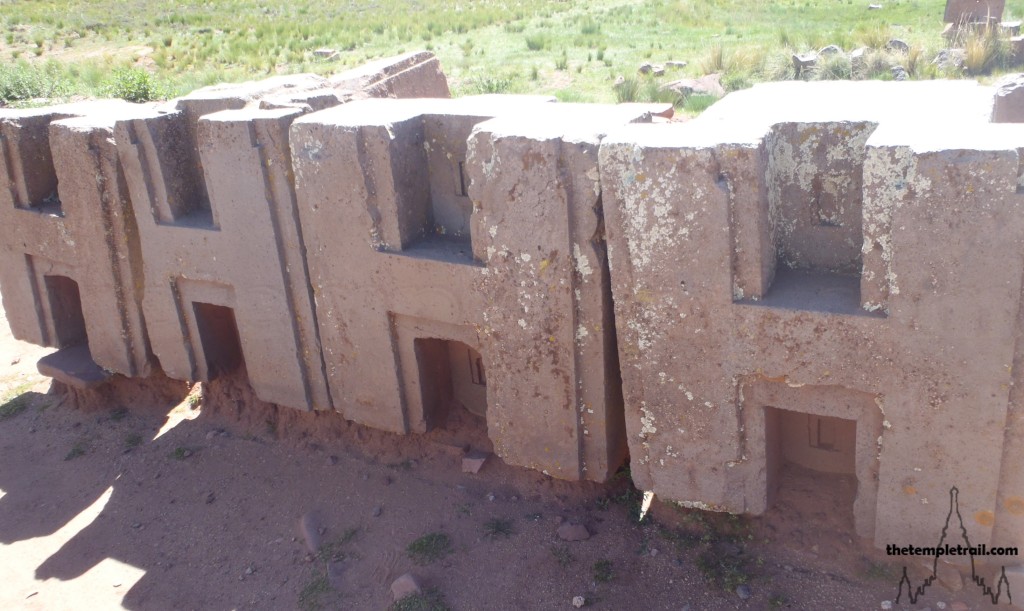
Leaving the once magnificent site, the road once again snakes up and down. As the imposing Akapana becomes a dot on the horizon, you realize that some places will always remain shrouded in mystery. Not only was Tiwanaku mysterious to all subsequent visitors throughout history., it was enigmatic to the hallucinating men, women and children that visited it when it was a functioning religious centre. Perhaps that is how it was intended to be, a Gordian knot that no person should be able to unravel.
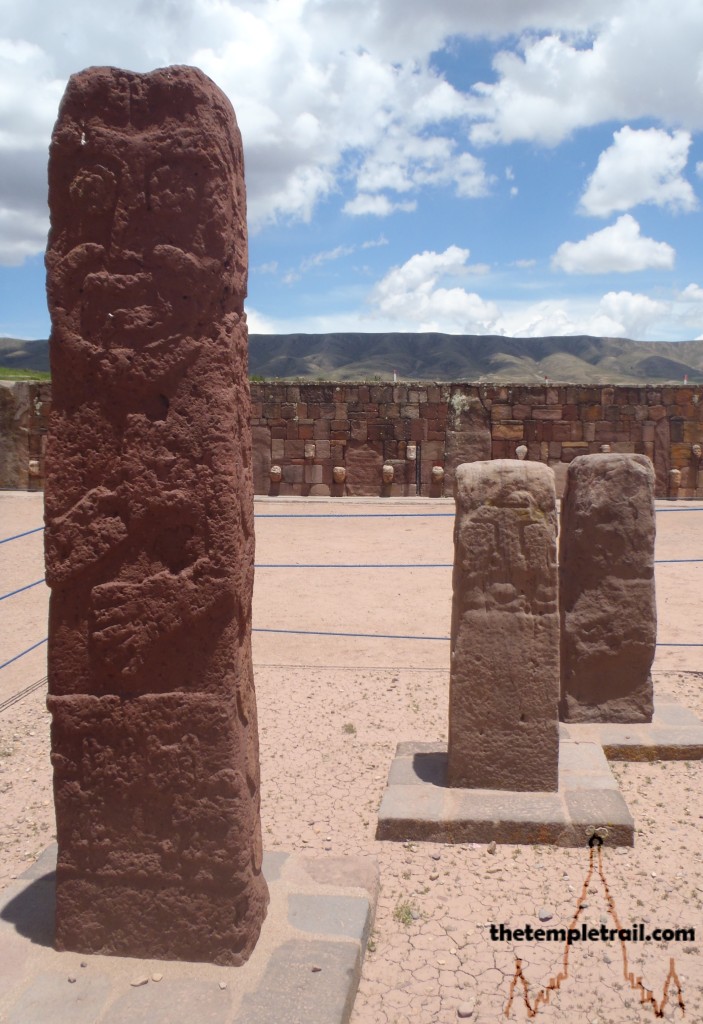

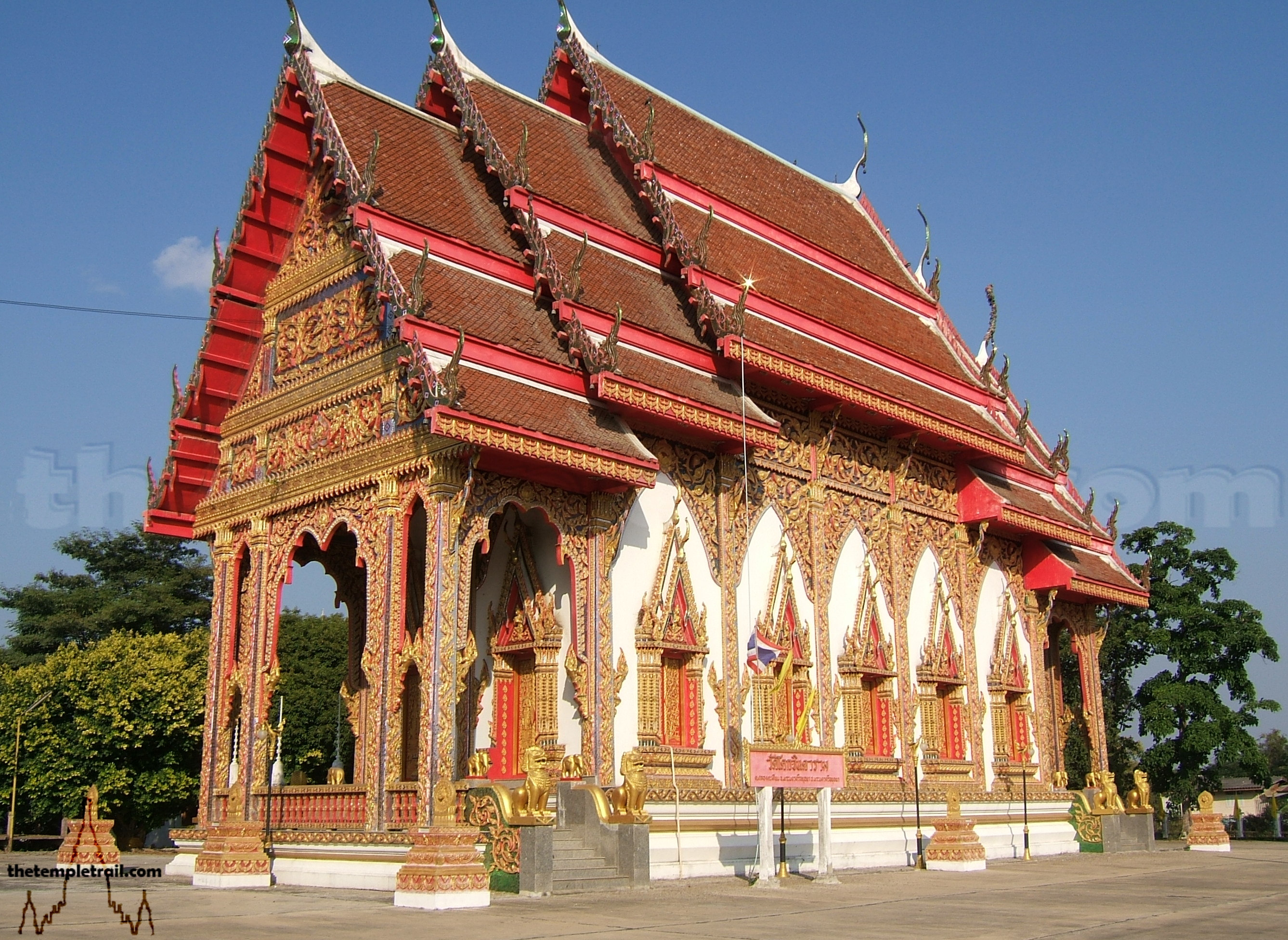 Thai Temples 101
Thai Temples 101